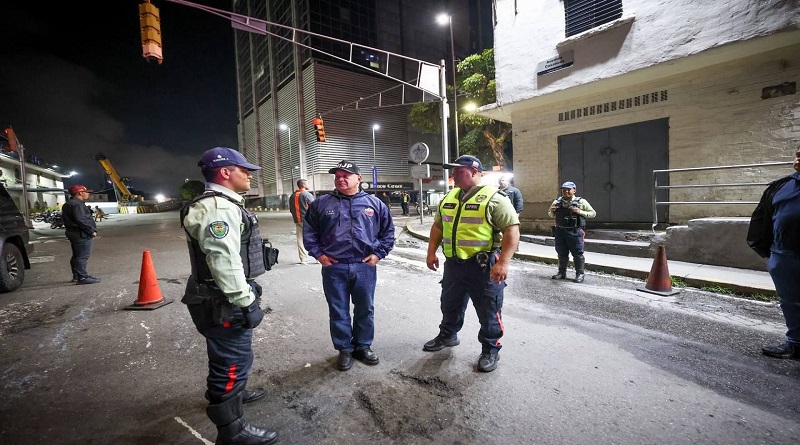Even with the exponential growth of tourism Dominican of recent years, the Association of Hotels and Tourism of the Dominican Republic (Asonahores) states that the sector is going through challenges that weaken its capacity competitive compared to the rest of the destinations, which is why it is considered very necessary to maintain incentives for this productive activity.
Comparing to the Dominican Republic with its main competition which is Mexico, Asonahores indicated that the Dominican hotel industry is not growing despite the increase in tourists (+6% annually) and high occupancy (close to 75%), losing competitiveness compared to other alternatives in the market.
This means that, although the hotel sector is stable, the construction of more is urgent. rooms in order to meet the high demand for occupancy and the upward trend in the arrival of touristsas well as the government’s goal of achieving the figure of 20 million visitors.
“To achieve this goal we need to be competitive, we need investments hotels, and that is achieved through the incentive law“said Simón Suárez, past president of Asonahores.
Mexico it’s cheaper
Continuing with the comparisons, the current president of AsonahoresDavid Llibre, indicated that the cost of structure in the hotel sector it is 50% less in Mexico that in Dominican Republic.
“He electrical cost For us it is the second highest and when comparing it with other countries, as it is not a producer of oilwell it is definitely a much higher cost,” he said.
Llibre added that for hoteliers the cost of accommodation represents a significant burden for employees. In Dominican Republic it accommodates 43% of employment, while in Mexico only 25% because the workers have the public transport that connects them with their communities.
In addition, he noted that the average daily rate (ADR) and revenue per available room (RevPar) of Dominican Republic are the lowest in the region: 30% less than in Quintana Roo, Mexico.
In turn, he maintained that the connectivity of the country is lower than that of Mexico and this is evident in the flights.
Mexico is higher by 2.1% in flights direct and 1.7% in international arrivals. Besides, Dominican Republic requires more visas and has older rates by plane by 24%, compared to Mexico.
Another point of disadvantage is that the air tickets They are high. “Elderly ticket cost in Dominican Republic (43%), higher cost per kilometer (+12 km), especially with the United States (60% arrivals to the Caribbean)”, he specified.
Competitiveness
| Net profit | |
| RD (without Confotur) | 12% |
| RD (with Confotur) | 16% |
| Mexico | 21% |
| Jamaica (without buses) | 18% |
| Jamaica (with Bus) | 20% |
Importance of incentives
Llibre indicated that due to realities like these, the Law 158-01 on Promotion of Tourism Development and it is necessary that the exemptions that provides the sector are not touched in the tax reform that will drive the President Luis Abinader.
Aguie Lendor, vice president of Asonahoreshighlighted that without this law the tourism Dominican Republic could not come close to competitive levels and this is what makes it possible to alleviate the high cost of operation and make the investments foreigners in Dominican Republic a profitable business.
However, with graphics in hand, Asonahores indicated that even with the tax incentives applied, Dominican Republic has not been able to maintain the position competitive against Jamaica and Mexicoso its withdrawal would be counterproductive.
The vice president of Asonahores, Aguie Lendor, made the point that defending the incentive law is not synonymous with hotel chains not wanting to pay taxes. In fact, he indicated that “hotels today pay taxes on stays, occupancy, we can say that in 2022 we generate a collection of more than 155,000 million pesos, this means 10 of every 100 pesos that came in.” . In addition, he pointed out that “it is estimated that tourism contributed a total of US$22 billion to the Dominican economy in 2022, equivalent to 19% of GDP, when the direct, direct and induced effects are accounted for. He pointed out that the same year the sector generated 721,912 jobs, 18% of the country’s total employment.

















